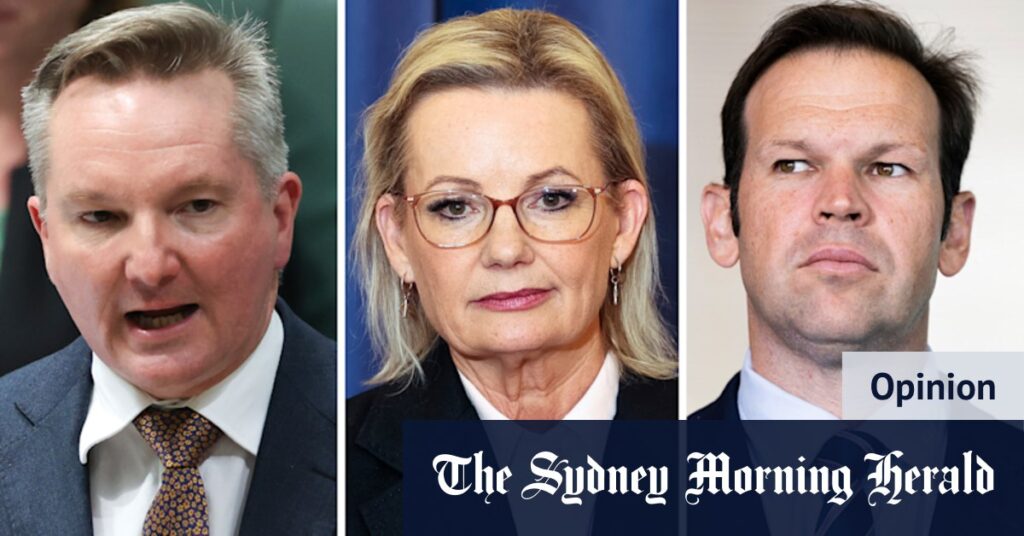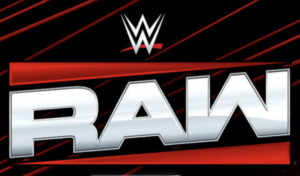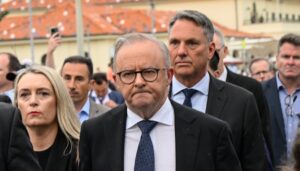
The Coalition’s internal discord over climate policy has reached a critical juncture as the federal government prepares to unveil its 2035 emissions reduction target. This internal strife, centered around the 2050 net zero commitment, has been rekindled by shadow minister Andrew Hastie, who has threatened to resign from the frontbench if the Coalition continues to support the net zero goal. Opposition Leader Sussan Ley finds herself in a precarious position, needing to navigate these turbulent waters to focus on challenging Labor’s climate agenda.
On Thursday, Coalition MPs momentarily united in opposition to the government’s proposed interim targets. Ley, compelled by political dynamics and internal pressures, opposed the 62 to 70 percent emissions reduction plan, dismissing it as a “glossy piece of modelling” and a fantasy. She argued that Australia is unlikely to meet even the 43 percent reduction by 2030, and criticized the government for failing to deliver a promised $275 reduction in power bills.
Internal Divisions and Compromise Efforts
The Coalition’s climate policy review, led by opposition energy and emissions reductions spokesman Dan Tehan, aimed to buy time and maintain unity. However, this strategy has faltered in the face of opposition from key figures like Hastie, Tony Pasin, Barnaby Joyce, and Matt Canavan, who reject the net zero target. Meanwhile, a faction of younger, pragmatic MPs, including Alex Hawke, Tim Wilson, and Andrew Bragg, are working quietly to forge a compromise that could prevent further division and potentially save Ley’s leadership.
These MPs are exploring controversial compromises, such as removing the net zero goal from legislation, exempting parts of agriculture, increasing gas production, and delaying the net zero date beyond 2050. An unnamed MP involved in these discussions expressed confidence that a compromise could be reached by the time parliament reconvenes in October, stating,
“There has to be a showdown when we get back to parliament. We need a position by the time parliament returns. It’s not 2013; we can’t just be against something.”
The Broader Political Landscape
As Hastie publicly outlines an alternative vision of making Australia an energy superpower with cheaper electricity, other MPs like Wilson and Kennedy are advocating for a more nuanced approach. Wilson suggests focusing on achieving “net zero prices” and “net zero power outages,” arguing that public acceptance of net zero emissions will follow if these economic concerns are addressed.
However, any compromise carries risks for Ley. It may not satisfy hardliners like Hastie and Canavan, potentially leading to a split within the opposition. Conversely, there is a risk that voters may perceive the Coalition as abandoning efforts to address greenhouse gas emissions, which could be electorally damaging.
Labor’s Ambitious Climate Agenda
Amidst the Coalition’s internal struggles, Ley is attempting to shift the focus back to Labor’s ambitious climate plan. The government’s 2035 target aims for a 62 to 70 percent emissions reduction, a goal that will require significant economic transformation. According to the Climate Change Authority, achieving this target will necessitate that half of all cars sold be electric vehicles, a reduction in industry and resource sector emissions by a third, and substantial increases in energy storage, solar, and wind capacity.
Australia’s emissions reduction targets need to accelerate from seven megatonnes in 2024-25 to 19 to 24 megatonnes per year to meet the 2035 target.
Labor’s plan, described as “ambitious but achievable,” is expected to expand Australia’s economy by $2.2 trillion by 2050, with GDP per capita increasing by $36,000. However, the challenges of delivering these emissions cuts are immense, with questions about the viability of baseload power, public acceptance of renewable energy expansion, and the affordability of battery storage.
Ultimately, Labor’s target is designed to capture the political middle ground, balancing environmental and economic interests while pushing the divided Coalition to the fringes. For Ley, resolving the internal climate wars is crucial to refocusing her efforts on critiquing and challenging Labor’s policies effectively.







